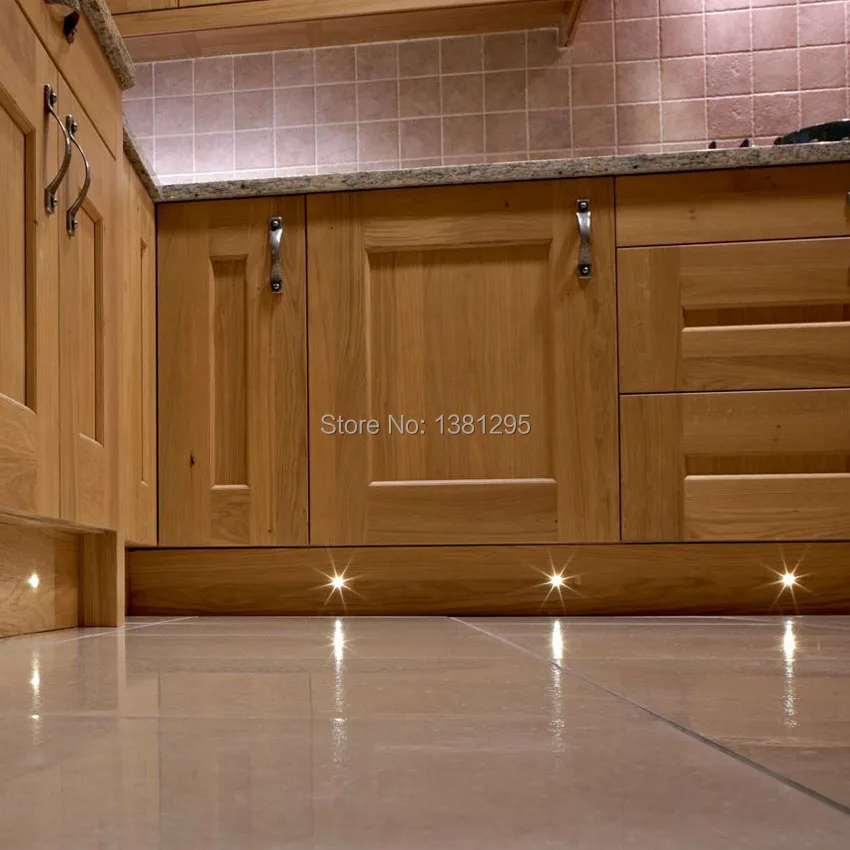
USB 3.0 cables can be compatible with both Micro-A and Micro-B USB ports. You can differentiate the cables with your eyes, but you can’t tell whether it’s a USB 2.0 or USB 3.0 just by looking. Micro USB cables are also classified into USB-A, USB-B, and USB-C types and feature different types of connectors. The cables will automatically adopt the lowest USB standard when you are using cross-generation devices. USB cables feature a forward and backward compatible technology which means you can use the cables irrespective of their generation (USB 2.0 or USB 3.0) as long as the connectors are the same. The USB 3.0 can clock 5 Gbps, while the newer USB 3.1 can reach 10 Gbps data speeds. USB 2.0 is the most popular cable in use, capable of achieving 480 Mbps transfer speeds.


The USB 1.0 and 1.1 can transfer data at 12 Mbps and are mostly outdated. These cables are widely used today for different devices and come in different generations like USB 1.0, USB 2.0, and USB 3.0. USB cables were introduced in 1994 by some tech companies to provide a unified connection standard for transferring data and electricity. Chapter 2 – Types of Micro USB Cablesīefore we dive into the types of micro USB cables, let’s find a bit about the USB connection standard. In the next chapter, we will discuss the different types of micro USB cables you can find in the market. All micro USB cables provide the same performance as you would expect from a standard size USB cable. Micro USB cables are useful for devices where you cannot use standard or Mini USB connection ports because of their size or usability. Micro USB cables provide convenient means to connect various devices and plug them into your chargers.

MICRO USB BLOCK SERIAL
A micro USB cable is the smallest form type of the Universal Serial Bus (USB) and comes with two connection types and USB 3.0.


 0 kommentar(er)
0 kommentar(er)
